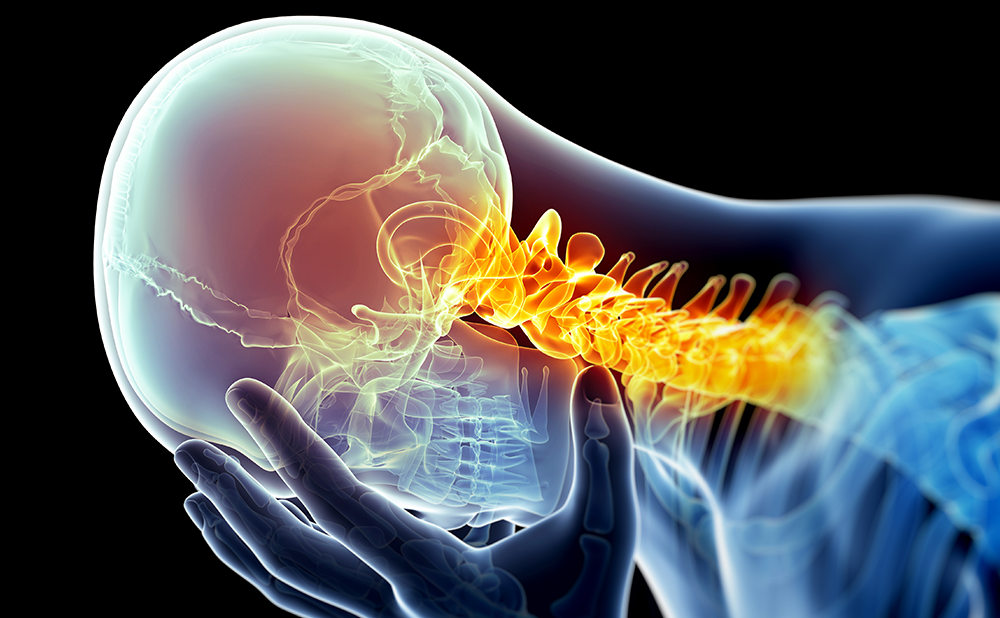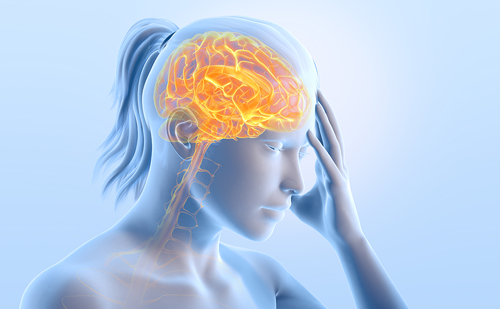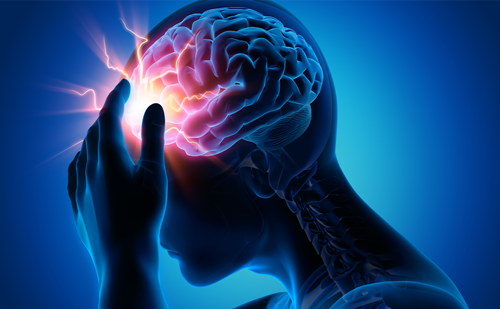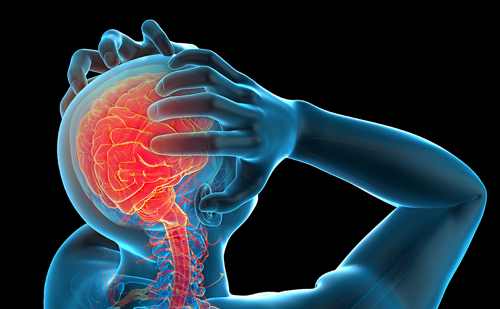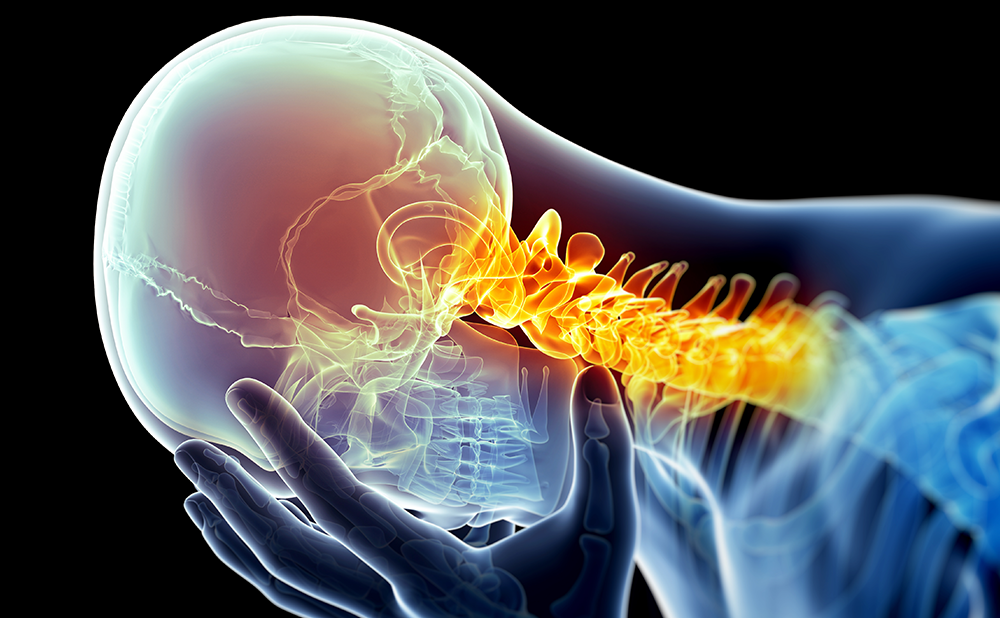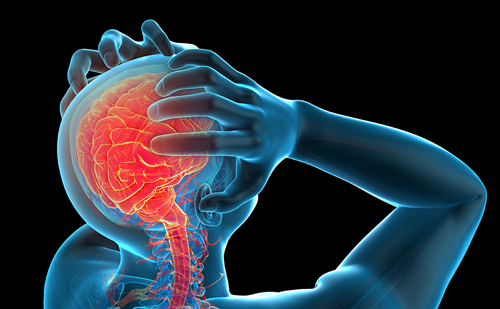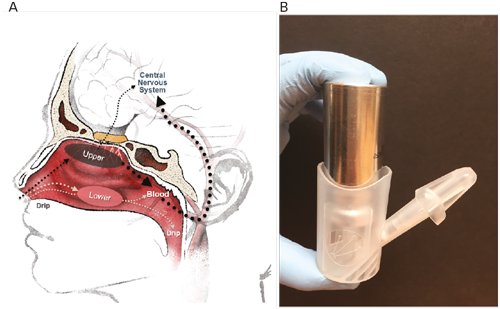Abstract
Since the advent of triptans over two decades ago, progress on new therapeutics for headache management has seemingly slowed as few new lines of care have become available. With major advances in the understanding of headache disorder neurobiology, new therapies are on the horizon. This article will review novel delivery systems of familiar medications and new lines of care with unique therapeutic targets. Promising new therapies like calcitonin gene-related peptide (CGRP) receptor antagonists and 5-hydroxytrypamine (5-HT) 1F receptor agonists are in late-stage development. One neurotoxin has recently been approved for the prevention of chronic migraine. Neuromodulation techniques have rapidly advanced over the last few years. Several new drug targets such as nitric oxide synthase, gap junction modulators, glutamate receptor antagonists, orexin antagonists, transient receptor potential vanilloid 1(TRPV1) receptor modulators, prostanoid receptors antagonists and pituitary adenylate cyclase 1 (PAC1) receptor antagonists await development. The therapies in the coming decade show great promise for distinctly advancing headache management.
To view the full article in PDF or eBook formats, please click on the icons above.


